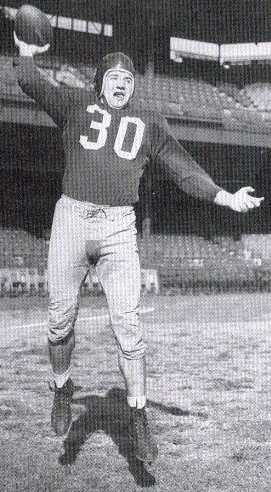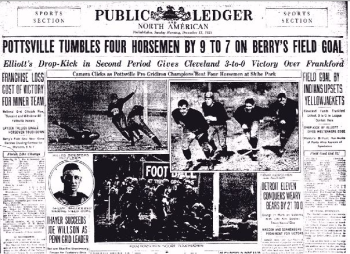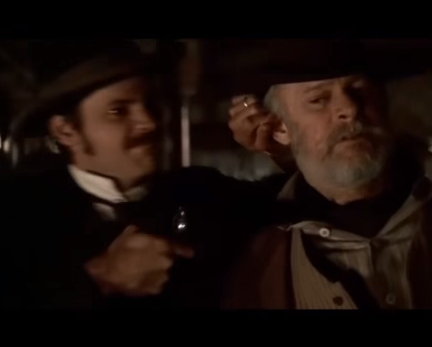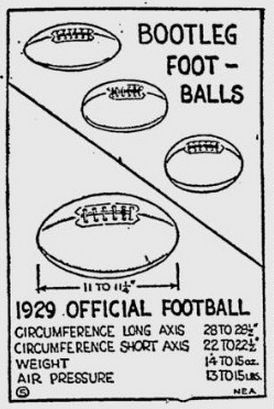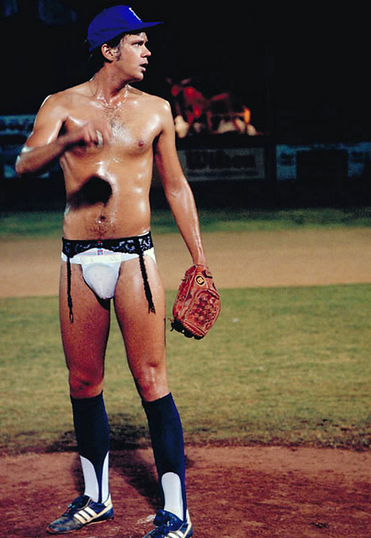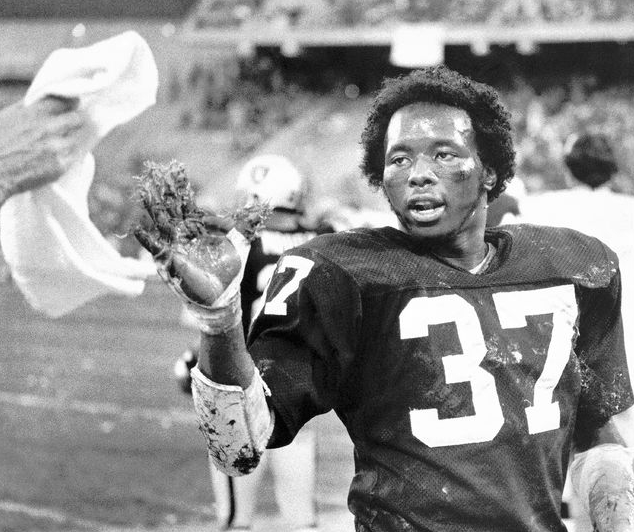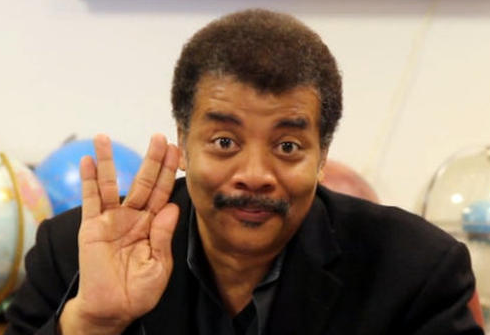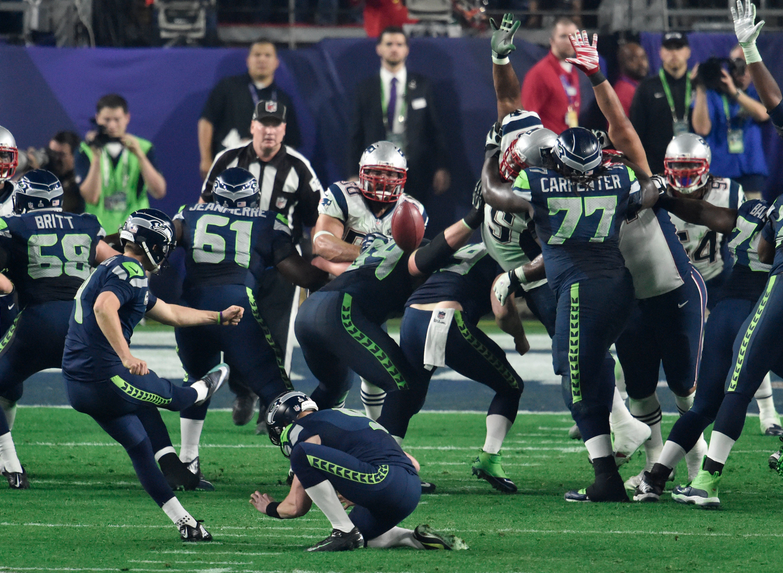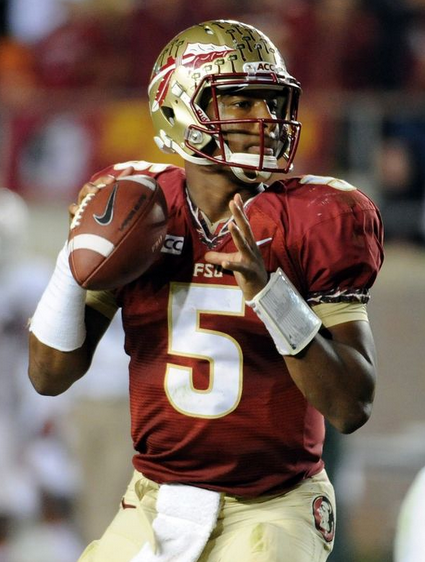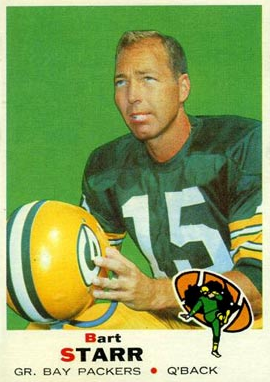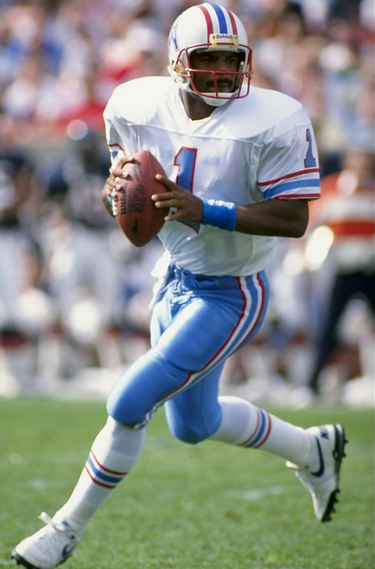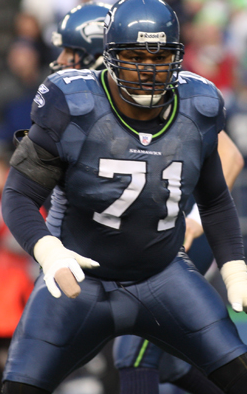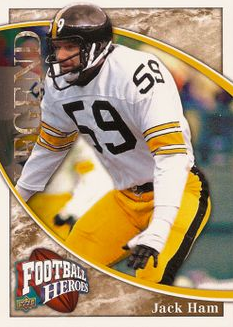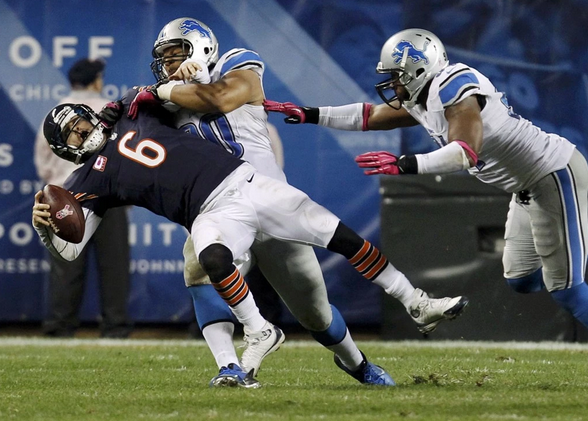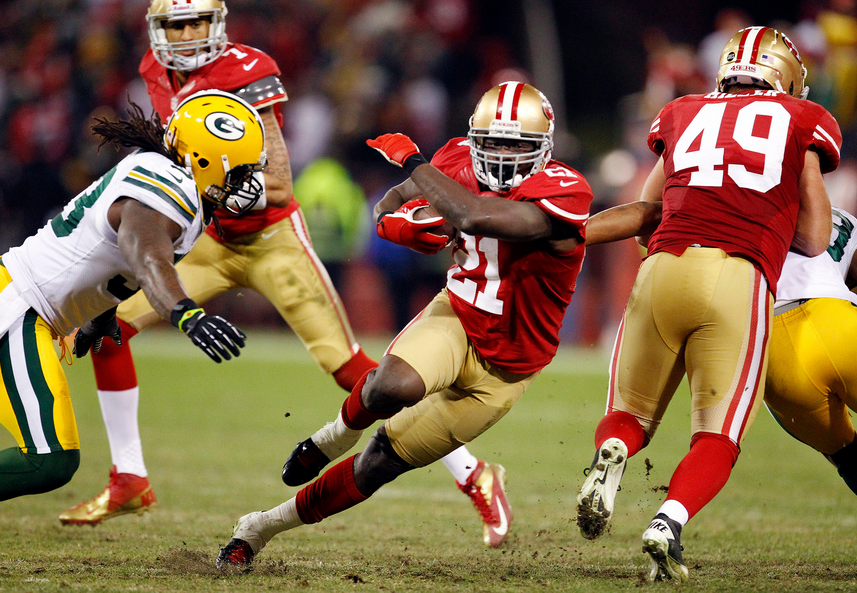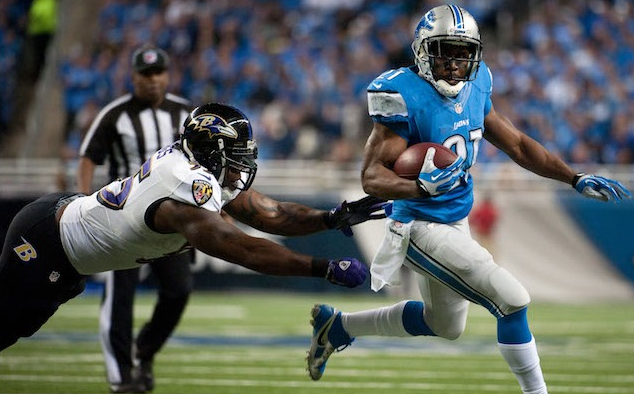Roger Goodell would have you believe he wants to clean up this town, rid the NFL of the felons and the scalawags, the gratuitous violence and the Culture of Cheating. And maybe, beneath that bureaucratic exterior, the heart of a reformer does beat. But it’s clear, with every misstep he takes, that the commissioner doesn’t have the faintest notion how to pull it off. In times of crisis he can seem overmatched, as if running on a treadmill that’s set too fast. Kind of like George Jetson when he tried to take his dog Astro for a walk:
(Think of Astro as the NFL and the cat as Any Problem That Lands on Roger’s Desk.)
Don’t get me wrong. Running a sports league, especially one as gargantuan as the NFL, is a difficult and largely thankless task — except on payday. But it doesn’t have to be quite as difficult as Goodell is making it. When, after careful consideration, you initially suspend Ray Rice for two games for punching out his future wife and then, a year later, suspend Tom Brady for twice as long because you suspect he masterminded a football-deflation scheme, you’ve basically told the world your moral compass is about as reliable as the air-pressure gauges used in the AFC title game.
And when the league announces that you’ll be the one who hears Brady’s appeal — rather than an independent arbitrator — you’re basically admitting, “No other vertebrate with a sixth-grade education would ever agree with me.”
The commissioner makes a big deal about “protecting The Shield” — as if the NFL’s Park Avenue offices are Camelot, and he sits at the head of the Round Table:
But if that’s truly his aim, the league shouldn’t have handled Deflategate the way it did. Indeed, its behavior — and the three-month media circus that followed — was the exact opposite of “protecting The Shield.”
Allow me to explain. According to the Wells Report, it wasn’t until the day before the AFC championship game that the Colts raised the issue of the Patriots using underinflated footballs. This didn’t give the NFL a ton of time to decide what to do, but it certainly gave it enough time. That the league, operating out of a hurry-up offense, Totally Screwed the Pooch showed how rudderless a ship it often is.
There were, in my mind, two ways the NFL could have gone.
1. It could have notified the Patriots about the Colts’ concerns and told them, “We plan to monitor this closely.” Then it could have dispatched additional personnel to Foxborough to see to it that no funny business occurred. The footballs for both teams could been kept under the control of a league representative — or a battalion of them — for the entire game. At the end of every quarter, if need be, the air pressure could have been rechecked.
2. The NFL could have taken all of the above precautions but not notified the Patriots beforehand. (Of course, on game day, it wouldn’t have taken the Pats long to figure out what was going on.)
Unfortunately, the league ended up choosing Door No. 3: It (a.) kept the Patriots in the dark while (b.) taking virtually none of my suggested precautions. (And it worked out just splendidly for them, didn’t it?)
What it comes down to, ultimately, is: What’s your main objective? If it’s to catch the Patriots red-handed, then obviously you don’t notify them — and let things play out however they will. But if your main goal is to make sure the game is above suspicion, that the outcome doesn’t have anything to do with the Pats having a “competitive advantage,” then you do notify them — and wait until the offseason to look into the Ball-Pressure Issue (if one exists).
By not notifying the Patriots, then failing to make certain their footballs were properly inflated in the first half, the NFL, it could be argued, acted negligently. That’s because, well, look at what happened. Despite a heads-up from the league, referee Walt Anderson lost track of the balls . . . and a nightmare scenario unfolded. You even had one of the air-pressure gauges used by the officials getting significantly higher readings than the other — which would make anyone wonder about their accuracy.
At any rate, this is the best Goodell and his Knights Templar could do on short notice, this sorry example of executive decision making?
Luckily for them, the Patriots blew out the Colts, 45-7. If the game had been close, as so many of the Pats’ postseason games have been, you would have had fans saying, rightly or wrongly, that the deflated balls might have been the difference. That’s the risk the NFL ran by not being more hands-on.
Here’s the problem, though: By approving the penalties he did, including a $1 million fine for the Patriots and the stripping of their first- and fourth-round picks in 2016, Goodell is obviously trying to send the message that this is a major offense, that ball pressure matters. But the league’s half-baked response to the Colts’ accusation — and the referee’s bungled carrying out of that response — send an entirely different message: that ball pressure doesn’t matter much at all.
And it really doesn’t. If it did, the NFL would never allow these shenanigans to go on, never leave it up to the honor system. It would be just as vigilant about the balls quarterbacks use as the ones kickers do.
You ask yourself: Are there any circumstances under which Goodell would have invalidated the outcome of the game? If the margin of victory had been a field goal instead of 38 points, and if the Patriots’ balls had measured well below specs at halftime, would the commissioner have said, when it was over, “I’m disqualifying New England from the Super Bowl and sending the Colts to represent the AFC”?
If so, then the league’s actions after being tipped off by the Colts — actions that were straight out of the Three Stooges playbook — border on malpractice.
And if not — I’m leaning in this direction — then what in the name of George Halas is all the fuss about?
(By the way, I’d be surprised if Jeffrey Kessler, Brady’s legal muscle, hasn’t also thought of this — and a bunch of other stuff. Strap yourselves in, folks. This ain’t over yet.)

